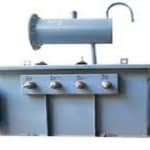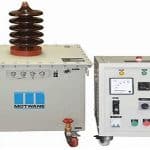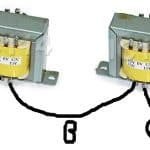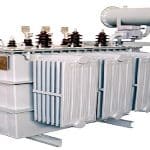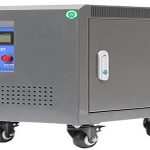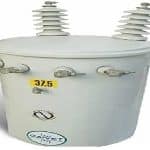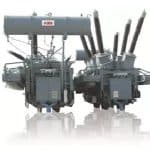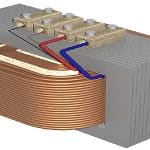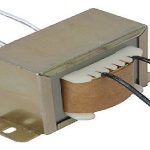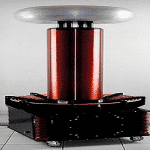A transformer is an electrical device, used to enhance (step-up) or reduce (step down) the voltage & current in an AC system without a change within the frequency of AC in between electrical circuits. The output voltage in a step-up transformer is increased & the output current will be decreased whereas the output voltage in a step-down transformer is decreased & the output current will be increased to maintain the system’s input & output … [Read more...]
Hipot Testing : Importance, Procedure, Formula, Test for Cable & Its Advantages
The name of Hipot testing is taken from the “high potential” that they produce to achieve dielectric withstand & insulation resistance tests. So this testing has long been a standard process for different kinds of equipment. A lot of hipot testers also offer precise, low-resistance, high-current outputs and low-resistance measurements for testing ground bond integrity & ground resistance. At present, most advanced hipot testers use electronic … [Read more...]
Series Transformer : Wiring Diagram & Its Affects
Transformers are typically used to step down or step up voltage levels in AC circuits, and they operate based on electromagnetic induction. When transformers are connected in series, each transformer's primary winding is connected in series with the previous transformer's secondary winding. The secondary winding of the first transformer is connected to the load, and the primary winding of the last transformer is connected to the power source. In electrical … [Read more...]
Power Transformer : Construction, Working, Differences, Selection, Failures & Its Applications
A transformer is normally an electrical device used for increasing or decreasing the voltage supply without changing the frequency of AC between two circuits. Similarly, a transformer that functions with high voltages & currents within the power system network is known as a power transformer. This transformer is used to change bulk electrical energy from one frequency to another. Power transformers are very important devices to transmit, distribute, … [Read more...]
Isolation Transformer : Construction, Working Principle, Types, Advantages & Its Applications
In power systems, transformers are electrical machines used for transferring one form of energy to another form without modifying frequency by stepping up/down the main voltage. Similarly, a transformer that is used to isolate circuits is known as an isolation transformer. The primary voltage value in this transformer will be equivalent to the secondary voltage but the windings in this transformer will have an equal number of turns to balance for losses. … [Read more...]
Single Phase Transformer : Construction, Working, Wiring, Problems & Its Applications
A transformer is a stationary electrical machine mainly used to change electrical power from one circuit to another without varying the frequency. Transformers mainly increase or decrease the voltage with an equivalent increase or decrease within the current. The transformer works on the principle of mutual induction occurrence between two transformer windings connected through the common magnetic flux. Transformers are classified into different types … [Read more...]
Phase Shifting Transformer : Construction, Working & Its Applications
At present, the power generation landscape as well as the energy market is growing, so controlling the power flow capacity is very important. So phase shifting transformer is an essential component used to enhance AC network efficiency, protect HV equipment & transmission lines from thermal overload, enhance transmission system stability & control the flow of power between various networks. Compared to fixed power transformers, these are extremely … [Read more...]
Core Type Transformer : Construction, Working, Laminations, Types & Its Applications
A transformer is a voltage control device used to step up and step down the voltage in various electrical circuits. The working principle of a transformer is electromagnetic induction & mutual induction. These are classified into two types like core type and shell type. In core type transformer, the magnetic core mainly contains two limbs and two yokes whereas shell type transformer contains three limbs & two yokes. So the main difference between … [Read more...]
Step Down Transformer : Working & Its Applications
A Transformer is a static electrical device because it doesn’t have moving parts. The main function of a transformer is to change the electrical power from one electric circuit to another by changing voltage & current but not changing frequency. Transformers are classified into two types based on their function as a step-up transformer and step-down transformer. This article discusses an overview of a step-down transformer and its working with … [Read more...]
What is Tesla Coil : Working Principle & Its Applications
Before the invention of the Tesla coil, air-core transformers and electrical oscillations were introduced and the first invention of the tesla coil was done by Thomson Elihu in the year 1889, then after the patent rights for tesla coil was gained by Tesla in 1891. The first-tesla circuit came to known to the public as having the elements of the capacitor, high voltage transformer, spark gap, and oscillation transformer. At present, tesla coil devices … [Read more...]
